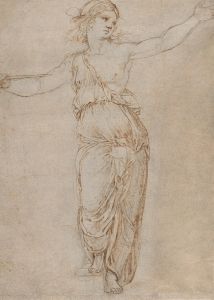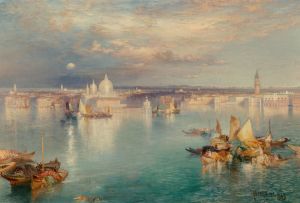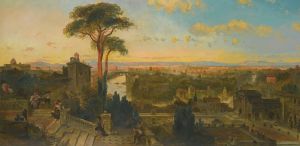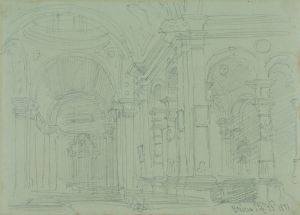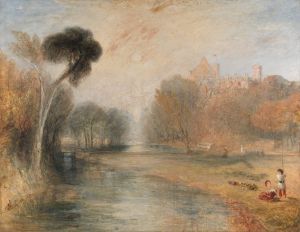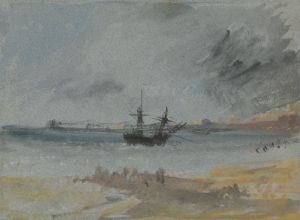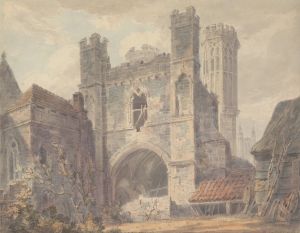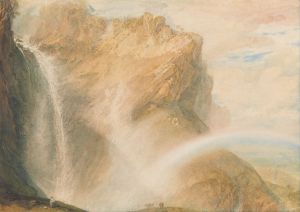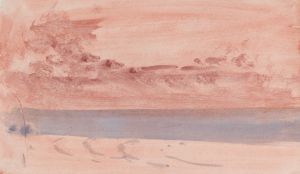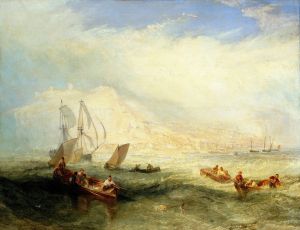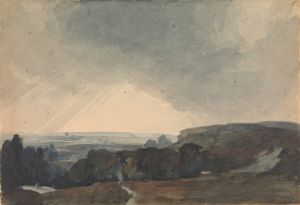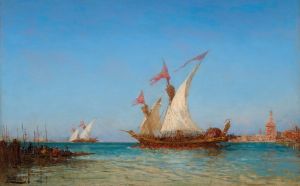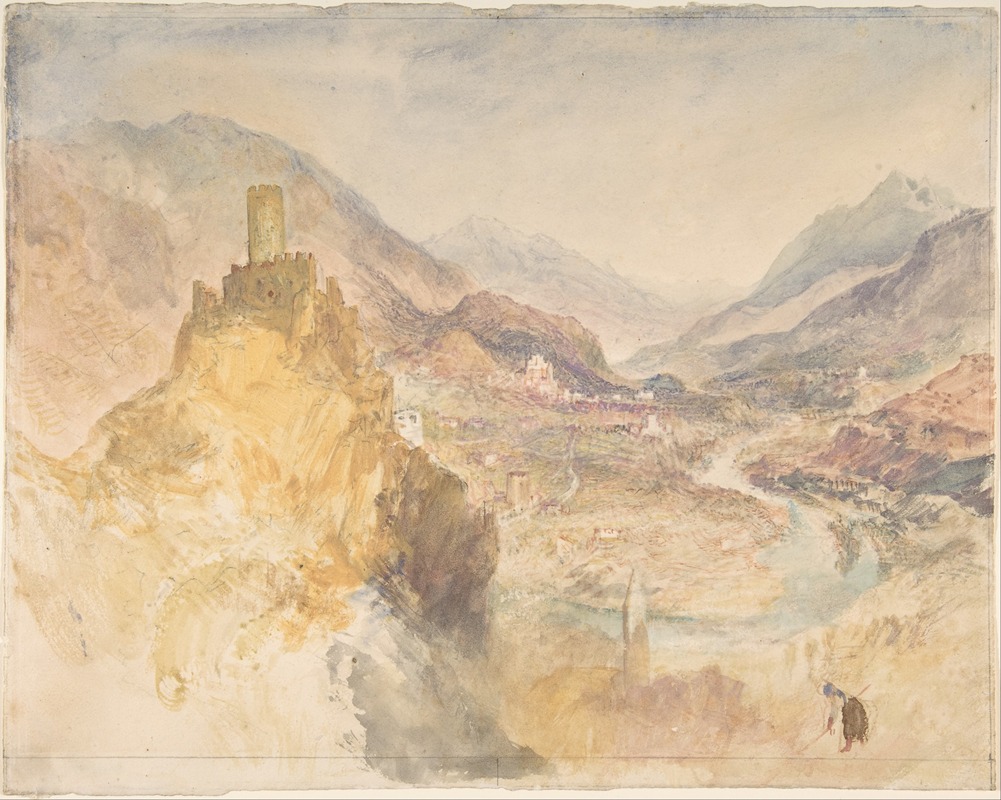
Chatel Argent and the Val d’Aosta from above Villeneuve
A hand-painted replica of Joseph Mallord William Turner’s masterpiece Chatel Argent and the Val d’Aosta from above Villeneuve, meticulously crafted by professional artists to capture the true essence of the original. Each piece is created with museum-quality canvas and rare mineral pigments, carefully painted by experienced artists with delicate brushstrokes and rich, layered colors to perfectly recreate the texture of the original artwork. Unlike machine-printed reproductions, this hand-painted version brings the painting to life, infused with the artist’s emotions and skill in every stroke. Whether for personal collection or home decoration, it instantly elevates the artistic atmosphere of any space.
Joseph Mallord William Turner, one of the most renowned British painters of the 19th century, created the artwork titled "Chatel Argent and the Val d’Aosta from above Villeneuve." Turner, known for his expressive colorization, imaginative landscapes, and turbulent marine paintings, was a key figure in the Romantic movement. His works often captured the sublime beauty and power of nature, and this particular piece is no exception.
"Chatel Argent and the Val d’Aosta from above Villeneuve" is part of Turner’s extensive travels through Europe, where he sought to capture the diverse landscapes and historical sites. The Val d’Aosta, located in the northwestern part of Italy, is a region known for its stunning alpine scenery and rich history. Turner visited this area during his travels across the continent, which were often undertaken to gather material for his paintings and to find inspiration in the natural and architectural wonders of Europe.
The painting depicts the ruins of Chatel Argent, a medieval castle situated above the town of Villeneuve in the Aosta Valley. This castle, perched on a strategic hill, was historically significant as it overlooked the valley and controlled the routes through the region. The Aosta Valley itself is surrounded by some of the highest peaks in the Alps, including Mont Blanc and the Matterhorn, providing a dramatic backdrop that Turner skillfully captured in his work.
Turner’s depiction of the scene is characterized by his masterful use of light and color, which conveys the atmospheric conditions and the grandeur of the landscape. His technique often involved the use of watercolors and oils, allowing him to create a sense of depth and movement. In this painting, Turner’s ability to render the interplay of light and shadow across the mountainous terrain and the ruins of the castle is evident, showcasing his talent in capturing the essence of a place.
The artwork reflects Turner’s interest in the interplay between nature and human history, a common theme in his work. The ruins of Chatel Argent serve as a reminder of the passage of time and the transient nature of human endeavors, set against the enduring and majestic presence of the natural world. This juxtaposition is a hallmark of Turner’s landscapes, where he often explored the tension between the ephemeral and the eternal.
Turner’s travels and the resulting artworks had a significant impact on the Romantic movement, influencing not only his contemporaries but also future generations of artists. His ability to evoke emotion through landscape painting helped to elevate the genre and expand the possibilities of artistic expression.
"Chatel Argent and the Val d’Aosta from above Villeneuve" remains a testament to Turner’s skill and vision, capturing a moment in time with both historical and natural significance. The painting is a part of Turner’s broader oeuvre, which continues to be celebrated for its innovation and emotional depth.





